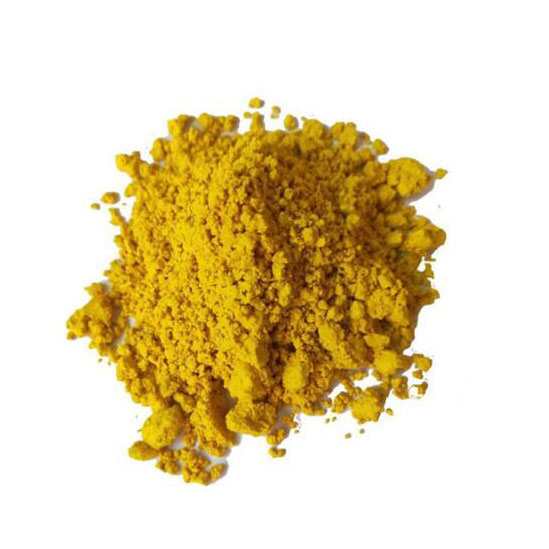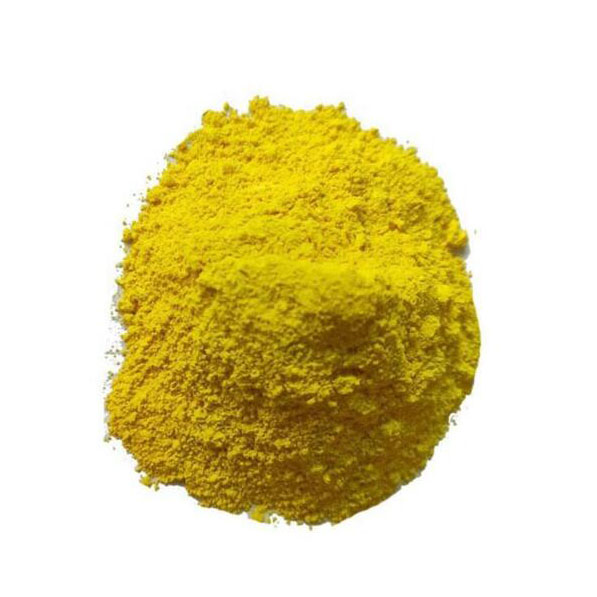Application and Effect
Nitrotetrazolium Blue Chloride (NBT) is a redox indicator commonly used in biological and biochemical assays. It is a pale yellow powder that turns blue when reduced, making it useful for detecting the presence of certain enzymes and metabolic activity. The primary effect of NBT is the formation of a blue formazan precipitate when it is reduced by certain enzymes. This color change allows for the visual or spectrophotometric detection of enzyme activity. NBT has a variety of applications in research and diagnostics. Here are some of its primary uses: Enzyme activity assays: NBT can be used to measure the activity of dehydrogenases, which are involved in processes like cellular respiration and metabolism. By monitoring the reduction of NBT to formazan, researchers can assess the activity of these enzymes. Assessment of immune cell function: NBT is commonly used in the NBT reduction test to evaluate the respiratory burst activity of immune cells, particularly phagocytes. The test measures the ability of these cells to produce reactive oxygen species, which can reduce NBT and form a blue precipitate. Microbiology research: NBT is employed in microbiology to study microbial metabolism and evaluate the activity of specific enzymes. For example, it has been used to detect bacterial nitrate reductases or formazan-forming bacteria. Cell viability studies: NBT reduction allows researchers to assess the metabolic activity and viability of cells. By quantifying the intensity of the blue formazan product, it is possible to determine the number of viable cells in a given sample.Product Sample


Product Packing:

Additional Information:
| Composition | C40H30ClN10O6+ |
| Assay | 99% |
| Appearance | Yellow powder |
| CAS No. | 298-83-9 |
| Packing | Small and bulk |
| Shelf Life | 2 years |
| Storage | Store in cool and dry area |
| Certification | ISO. |
